
QUICK LINKS:
- The functions of Analytics in the Ecommerce industry
- Detection of Fraud by Merchant/Customer
- Recommender Systems
The ecommerce industry has been growing exponentially for the past five years and it is expected that a huge part of the global market will move onto the internet by the end of 2020. In the year 2014, the global net ecommerce sales was worth a value of about 1.3 trillion US dollars and that reached a peak of 2.3 trillion in 2017. The projected value of the same in 2018 is about 2.8 trillion US dollars, and the value will keep on growing steadily. This is the main reason why most companies which were mainly based on brick and mortar stores are now trying to build an online presence, and to survive in such a competitive market, each and every organisation has to design their strategy in a way which helps them in generating the maximum profit. This is where analytics comes in, it helps in understanding and minimising the risks while forming a business plan that will lead to the growth of the company.
To understand how analytics helps in the ecommerce, first, the industry and its underpinnings need to be understood properly. This is a constantly growing industry and that is mainly attributed to the underlying technology which is evolving and improving everyday. E-Commerce giants like Ebay, Amazon, Newegg, etc. have systems which can build predictive algorithms in real time and implement them constantly into their web-pages. Here are the key differences between the ecommerce industry of the past and that of today:
1. A user’s basket was analysed in the past to show him/her the recommended products but nowadays specific algorithms are executed to predict the requirements of each and every customer.
2. The recommendation process was time-consuming and used to take days to implement but present websites take care of that in mere seconds, which has, in turn, made them much more intuitive and effective.
3. Gone are the days of CSV formats being used to store tabular data. Currently billions of customers are executing millions of activities, and all these are assimilated by parallelisation of processes. All this is done in the background seamlessly and the end-users get hassle-free service, practically with little to no downtime.
Analytics in Ecommerce
According to the projections made by analysts, by the end of 2020, the ecommerce industry would stand to make 4.0 trillion US dollars in sales and it would stand to control over 14% of the global retail market. This is after a steady growth that has been seen since early 2013. This growth is expected to keep on rising till a day when ecommerce controls most of the retail sales market. It is very obvious that this is a growing industry and it is very profitable if proper marketing strategy is implemented. The primary job of an ecommerce website is to be very user-friendly and welcoming to potential customers. In simple terms, it is just a portal where sellers meet buyers, but the user interface and other customer-support structures differentiate great ecommerce websites from the good ones. Analytics becomes a product if the end-user experience is considered and how it is used to improve the product recommendations, but here, analytics is discussed on a much broader sense and how it helps in the growth and expansion of a business.
The functions of Analytics in the Ecommerce industry
This list of functions that are carried out by analytics in the ecommerce industry is in no way complete, but these are the main roles of analytics:
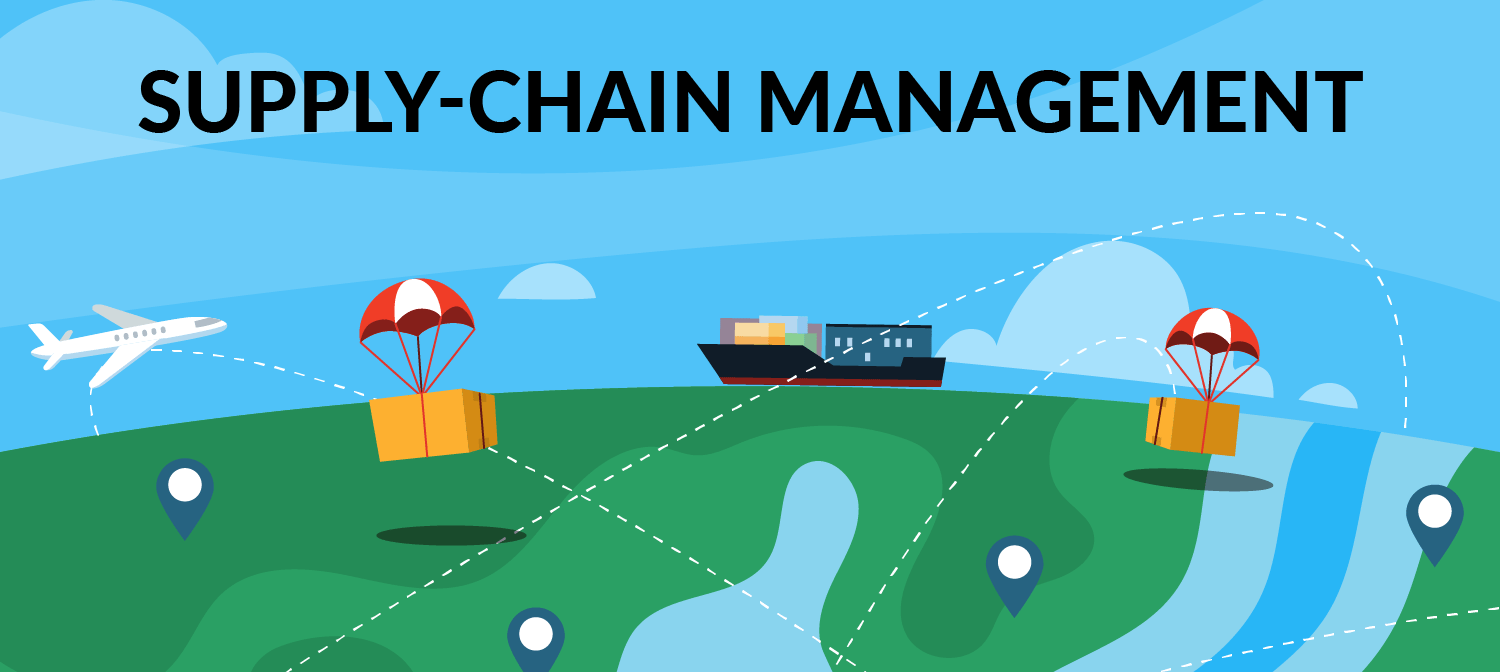
Managing the data of end-to-end product transfer from the warehouse to the customer falls under this category. Statistics, mathematics, machine-learning, and predictive modelling is used in finding patterns and gaining knowledge about order, transaction, and shipment data. Improving the efficiency and forecasting the needs of customers are some of the primary functions of supply-chain management. A good example would be to analyse that a certain state has a local festival coming up in a couple of weeks and then predicting a high sales number and allocating the resources needed to ensure a hassle-free experience for all those customers.
To achieve true end-to-end analytics on the supply chain starting from the raw material procurement, through production, distribution of products, ending at after-sales services, effective integration is necessary between the different supply chain managements and the supply chain execution platforms, which are the main foundations of any company’s supply chain. The main goal of this kind of integration is to provide real-time data on the product while it passes through different stages in the supply chain.
Supply chain analytics software is being used nowadays by most industry giants to properly understand the efficiency of their supply chain and then compare that to the standards set by the industry. This is done to understand the different components which need improvement in order to match customers’ expectations.
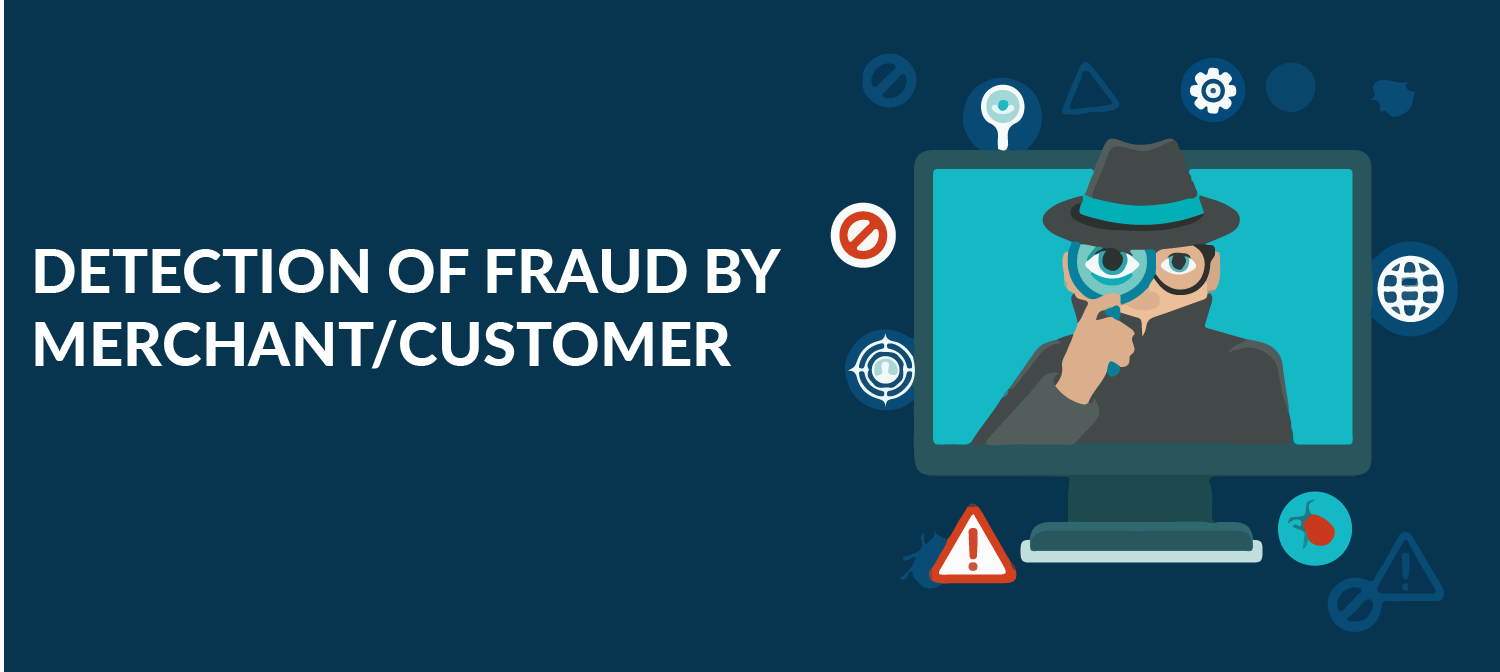
Fraud is a constantly growing problem in the ecommerce industry and with the increasing number of unchecked traffic passing through most websites, this number is growing exponentially every year. There have been many instances of customers not receiving the products that they have paid for, and customers who have been fooled by false advertising. Although a very small number, there have also been reports of customers making fraudulent claims about the products/services that they have received. In the past, these claims were all addressed manually, but they are now tackled by the implementation of predictive algorithms which detect possible frauds and avoid them if at all possible. Here is a list of the most common frauds that are carried through ecommerce websites:
1. Identity theft – This ranks as the most common cause for concern while making online transactions. The most common target for the fraudsters is the credit card information of the customers making online purchases. This information can be easily used to do ‘card not present’ transactions on different online portals. It just requires a false identity which is usually created under the name of the card holder, and by using data taken from the website such as addresses and contact details it becomes a pretty simple process which can be carried out within minutes.
Another very popular method of acquiring customer credentials is to create a false website which resembles the main site and then redirecting the customer to that page so that when he/she logs in the password gets copied by the fraudster. This password can then be used to access the actual account on the original website, on which the payment credentials are usually already saved.
2. Friendly fraud- Unlike what the name suggests, this isn’t friendly at all. In this case, a customer places an order using a credit/debit card and then, once the delivery is done he/she claims that the card details were stolen and the order was made by some fraudster, in which case the money would be reimbursed by the company while the product would still remain with the customer. This kind of fraud is usually done through a third party re-shipper who takes the initial delivery and then re-ships the product to the actual buyer.
3. Clean fraud – this works a lot like identity theft. Here the stolen credit card is used to make purchases while ensuring that it is circumventing all the fraud detection softwares used by websites. This can only be done if the fraudster has extensive knowledge of how detection algorithms work, and he/she also needs to have a great deal of knowledge about the actual owner of the card. Usually, a few test purchases of small amounts are done first to ensure that the card details are correct.
4. Affiliate fraud- carried out either by using an automated process or by getting people to signup on the merchant’s website through fake accounts; this is done to inflate the traffic and signup numbers. A higher number means that the affiliate income generated would be much higher than the actual income. This is an example of a fraud which doesn’t implement any payment-method-manipulation.
5. Triangulation fraud- possibly the most dreadful method of fraud, this is almost untraceable and it is the hardest to identify amongst all these methods. It is usually done through a three-pronged process.
First, a product is advertised for sale on a storefront at a very low price which lures in customers. Additional terms are added to the sale page, like immediate shipping of the product will be done if paid through credit cards. The main intent of this page is to collect the contact info, addresses and credit card details of the customers.
Second, the product is purchased from an actual website using the customer’s credit card details and the product is shipped to the customer. This is when the customer becomes satisfied with the transaction and he/she stops expecting a fraud.
Third, the credit card is used to make additional purchases online using the customer’s details and since most people don’t check their card expenses on a daily or even monthly basis, these frauds remain hidden for long periods of time.
6. Merchant fraud- This method is most common when payments are made through payment methods which have a no-chargeback policy (most types of push payment). In this case, the merchant takes full payment of the product/products and then doesn’t ship them, and of course, the money stays with them at the end.
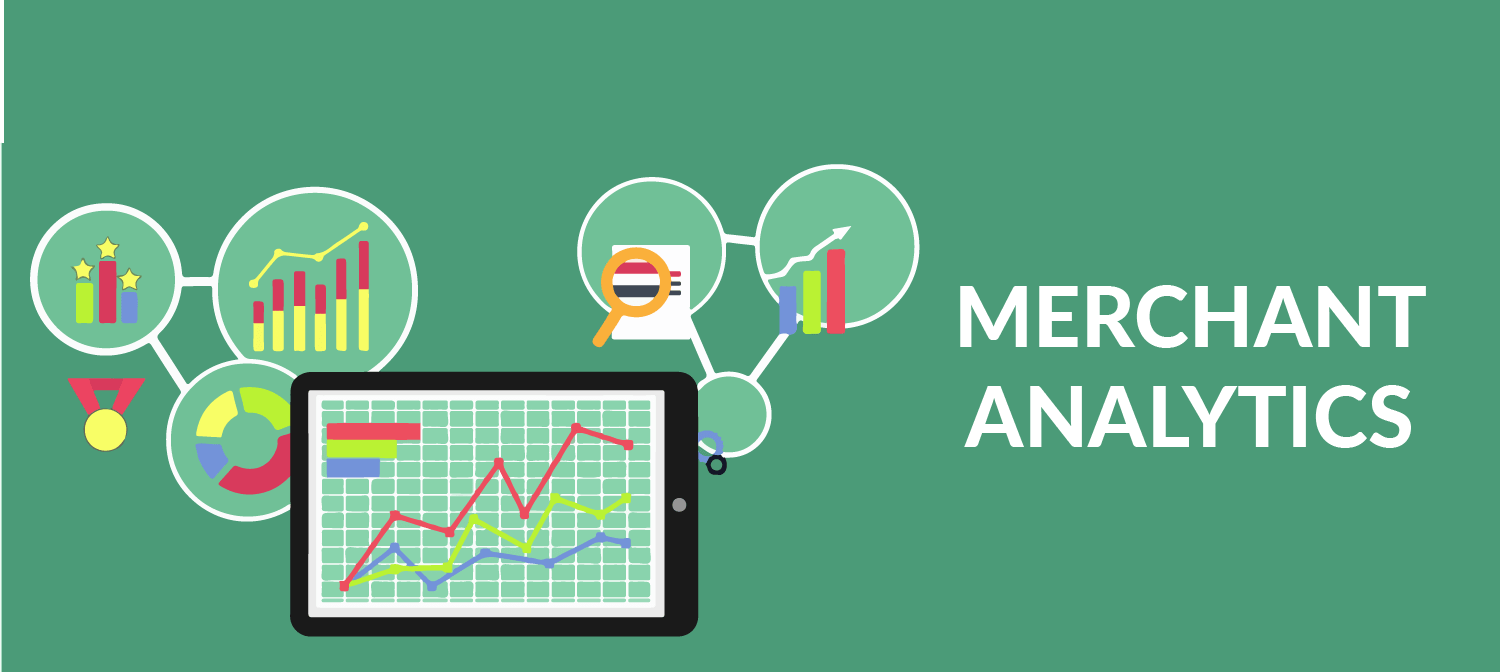
The primary foundations on which the ecommerce industry is built upon are the merchants who sell their products on these platforms. This is why it is of utmost that the merchants have good growth, as their growth will, in turn, facilitate the expansion of the company. This is why ecommerce providers spend a lot of time and money on exploring new markets and analysing the competition so that they can provide valuable statistics to the merchants based on which new products are introduced and product pricings are evaluated. For example, in India, cricket is a much more popular sport than baseball, so an Indian ecommerce company like Flipkart would always recommend their merchants to have more cricket bats on sale at competitive prices than baseball bats. Without the market analysis and sales projection figures provided by ecommerce companies, the merchants would fail to sustain their businesses on a long-term basis.

Probably the biggest gift of analytics, recommender engines are built into almost all ecommerce websites nowadays. YouTube is probably the most common example that can be used here, even if it isn’t a part of this industry, but it works almost exactly like ecommerce websites. A pre-programmed algorithm checks the searches made by a customer and the products viewed/bought by him/her and then assimilates a list of products that he/she might be interested in. Then these products are kept in the forefront of the website whenever the customer visits it. This increases the chances of the customer actually buying them, and also makes the whole process much more easy and simple for him/her, since there is no need to again search for the product from millions of options.
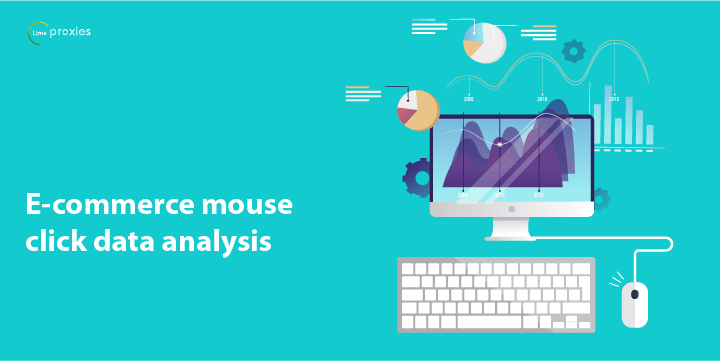
This is done on a product to product basis by the ecommerce company. This type of analytics helps in determining the satisfaction of customers, projected sales numbers, etc. This is always specific for a product or a branch of products and it helps in providing feedback to the merchant which in turn helps the merchant in making the necessary changes if needed, to increase the sales volumes.
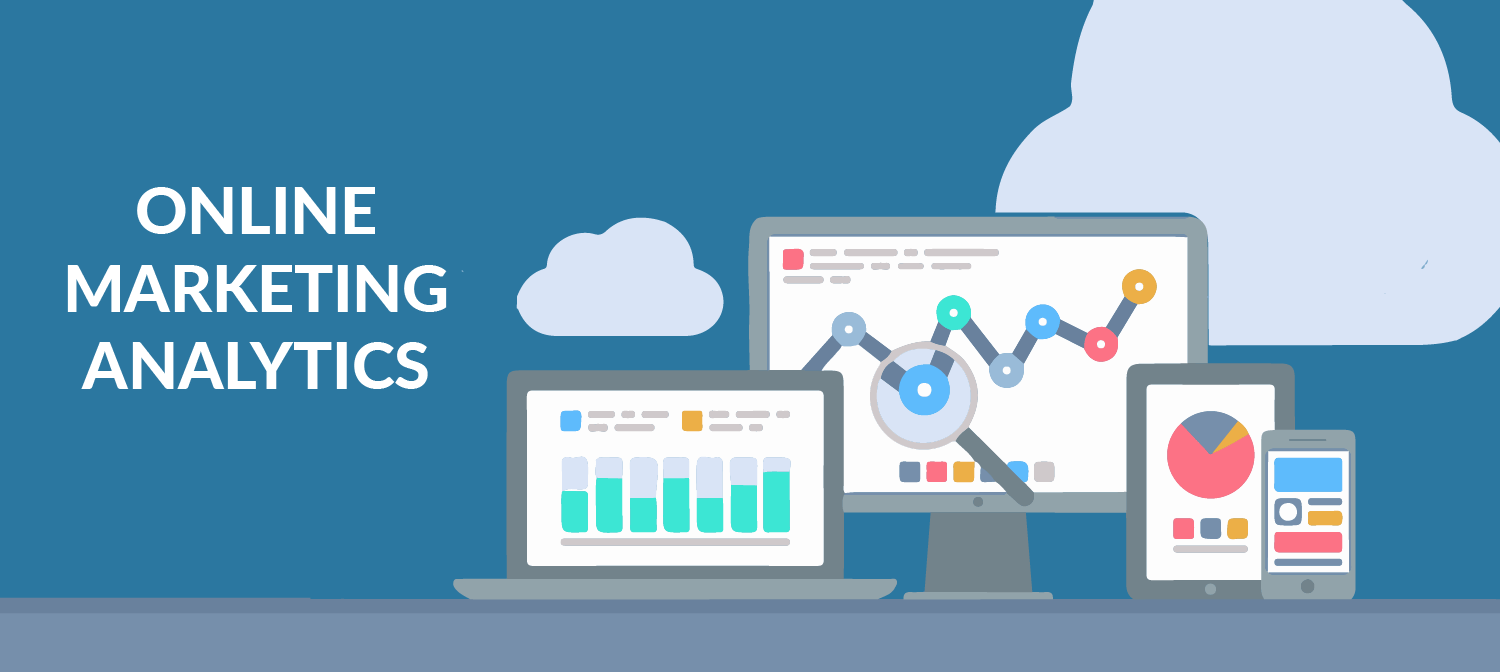
In the year 2016, about 58.3% of 1.52 billion global internet users were involved in online shopping. That number has increased to about 61.6% of 1.79 billion in 2018. That is an increase of 216.5 customers in just 2 years, and this number is projected to become 65.2% of 2.14 billion by the end of 2021. This huge growth in the ecommerce industry is in part due to proper marketing analytics. Since the ecommerce industry exists online, it is of utmost importance that advertisements are placed through different services on the websites which would be visited by potential customers. Market research is the primary ingredient here; an apt example would be if an ecommerce company advertises for football jerseys on a website which hosts football matches. This ensures that the highest number of probable customers are funnelled to that product page and the chances of getting maximum sales numbers become very high.

As was stated earlier, the user experience is what matters the most when it comes to ecommerce websites. Even if everything else exceeds industry standards, if the users don’t feel like browsing the website, the company is going to fail drastically. This is why user experience analytics are constantly trying to make the web pages more and more suited to the customers’ needs. The pages are beautified, and the landing pages from links on other websites are designed in a way which makes the customer go through the page and browse the available products. The ranking of products when something is searched for is also decided, based on customer feedback, product quality, and a bunch of other criteria. Reaching a balance between customers’ needs and the business needs is the most important task for any company, and user experience analytics plays a huge part in achieving that.
It is very apparent that analytics play an irreplaceable role in the ecommerce industry. Being one of, if not the most important reason behind the growth of this platform, it helps in finding the gaps and crevices through which money and resources get wasted in a company.
It also helps in smoothing out the quirks in the system so as to provide a regular and uniform service to the customers.
Here are some of the benefits of Ecommerce Analytics
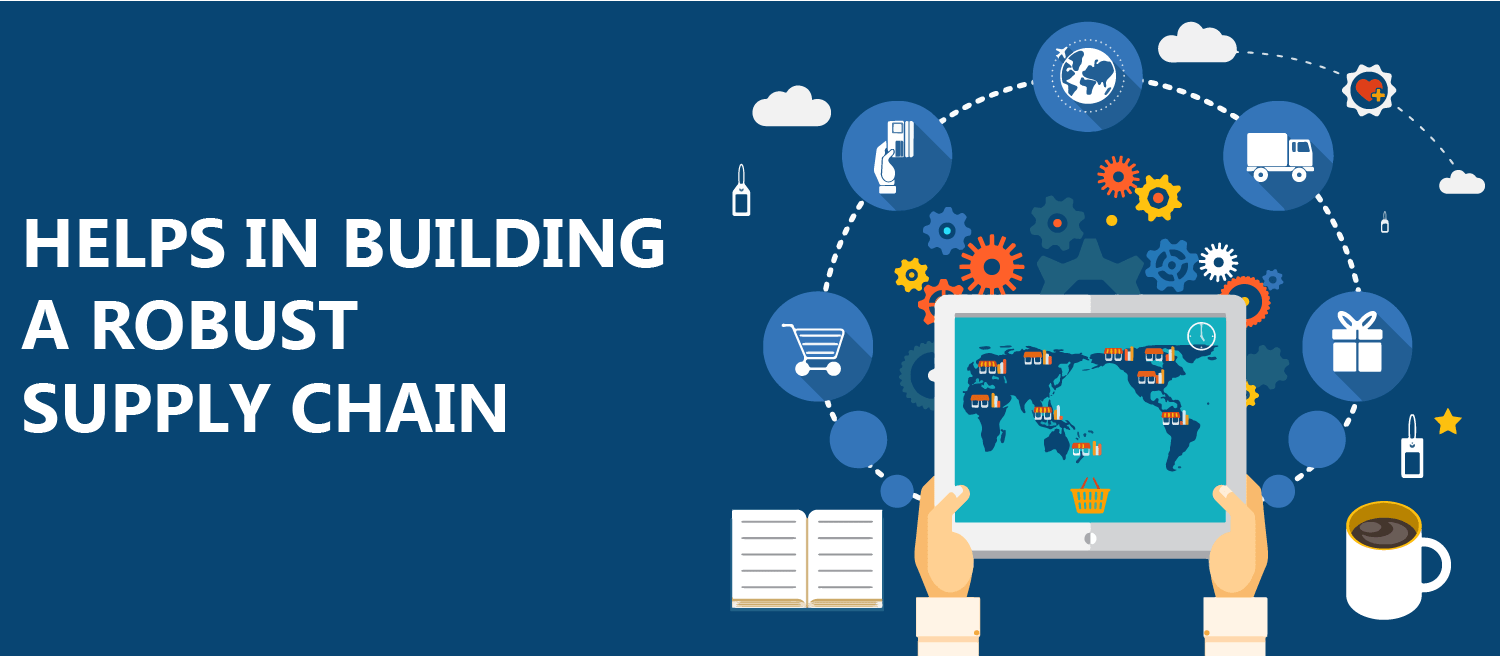
The primary two reasons behind people using the ecommerce platform are that it’s convenient and that the prices are comparatively lower than offline stores. So the price and availability of the products cannot be hampered. If a product is being advertised on the website then there should always be enough stock so that the requirements of the customers can be met, otherwise delay in shipping is going to tarnish the brand value of the website and hurt future sales. On the other hand, if a huge stock of a product is kept in the inventory with comparatively fewer sales figures then that is just wastage of storage space, and in turn wastage of money. To strike that balance between necessity and excess, analytics has to be used, so that the expected sales figures can be calculated and products can be stocked accordingly.
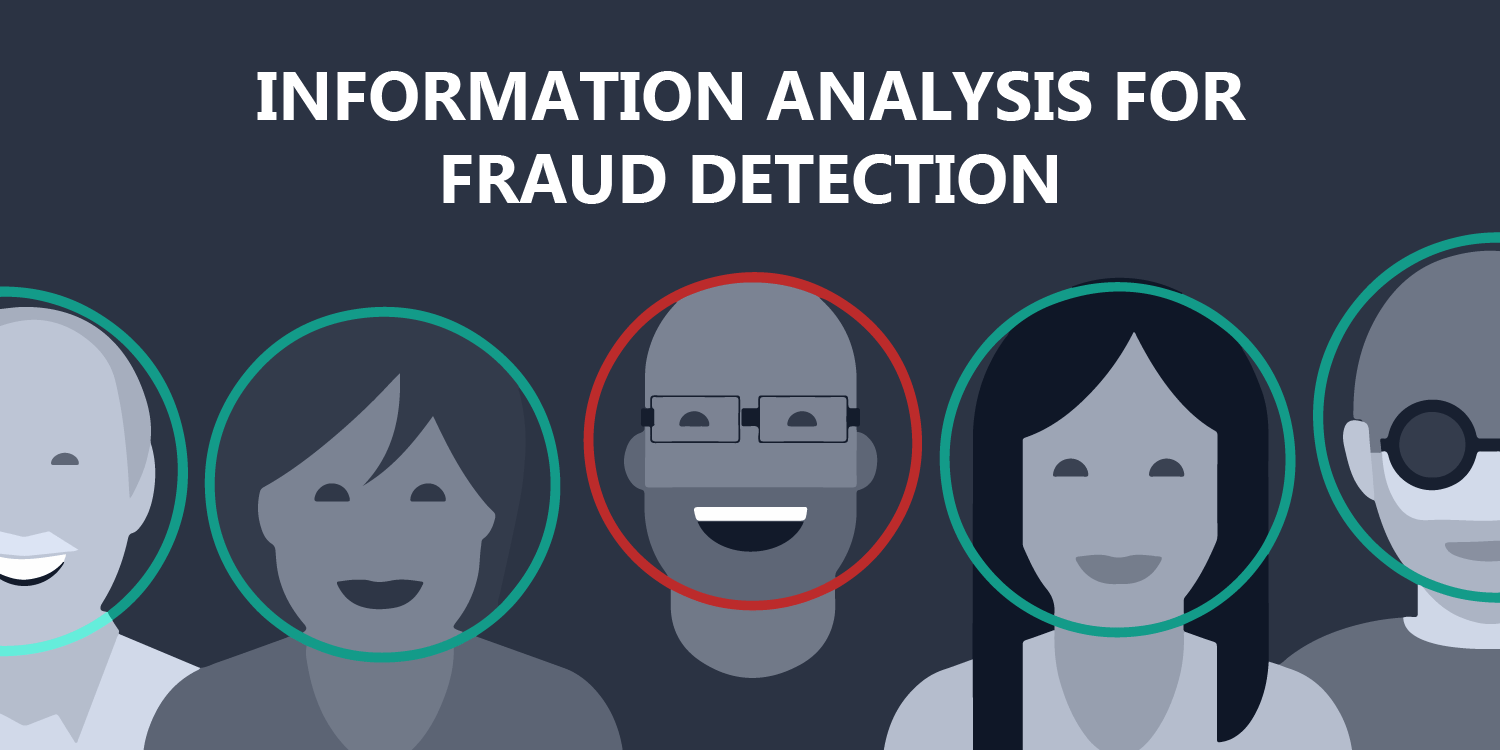
Fraud detection can be done through analytics as it can determine patterns in customer behaviour. If anything suspicious is caught, the program would prompt the customers on their contact devices to authorise a purchase and only accept payment if proper authorisation is provided.

Fashion and trends is a constantly evolving market, and so are gadgets and other technological products. This is why analytics is used to determine what the most probable future trend is. This helps the merchants in preparing their inventories and the ecommerce websites in designing ad campaigns, marketing tactics, and product pricing.

Selling something to an old customer is much easier than going out and finding a new one, this is a very well known truth in the sales industry and personalised recommendations is an easy way to achieve just that. While purchasing something, if a customer sees a recommendation for something he/she wants then it is highly probable that he/she is going to purchase that product. This is also very useful as it presents a sorted and clean list of new and relevant products to the customer on each visit, based on the purchase history.
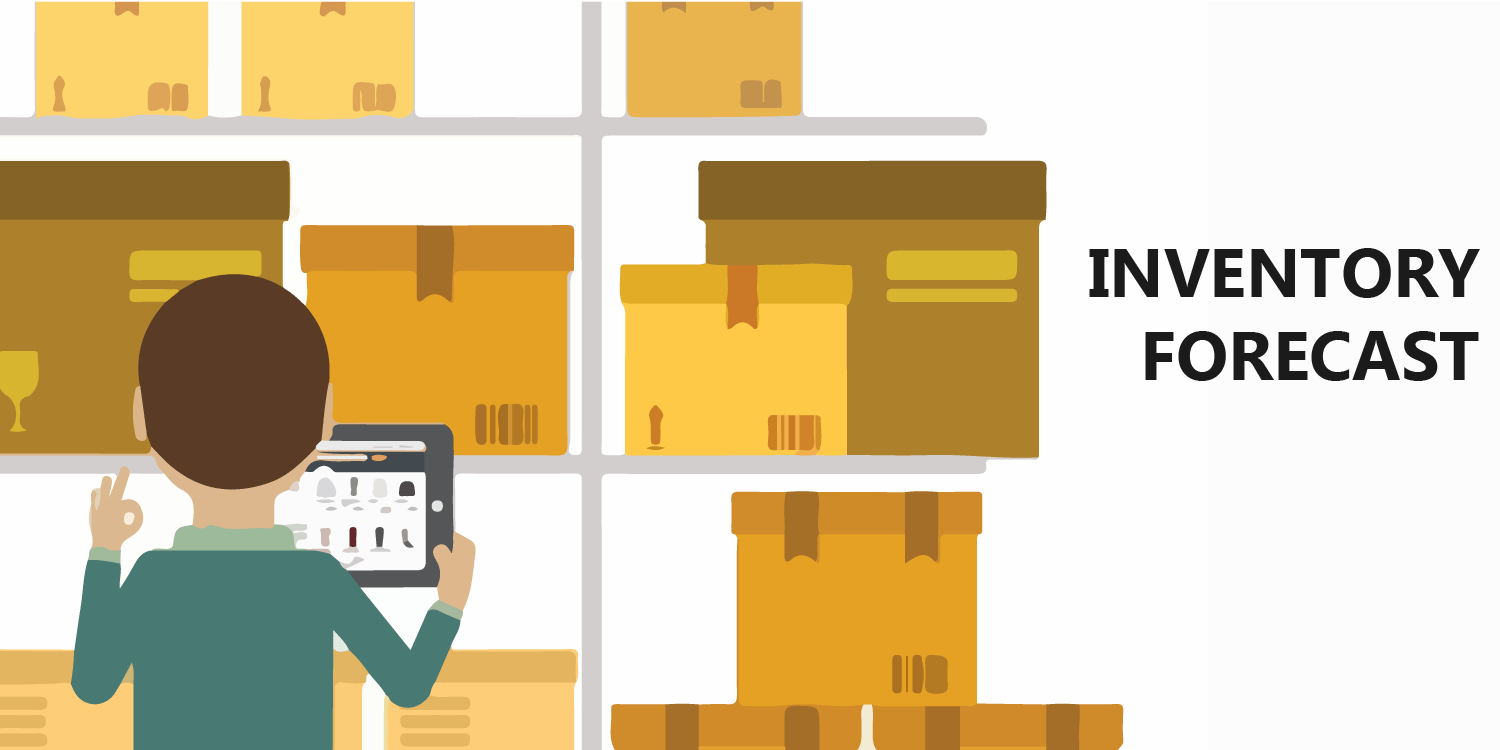
Keeping a product available on the online market without the sales figures to back it means that it is taking up inventory space somewhere, and that is costing the merchant money. This is why analytics is used to determine the projected sales figures, so that wastage can be minimised. This also helps merchants in determining the style trends and other key factors on which the products are designed.
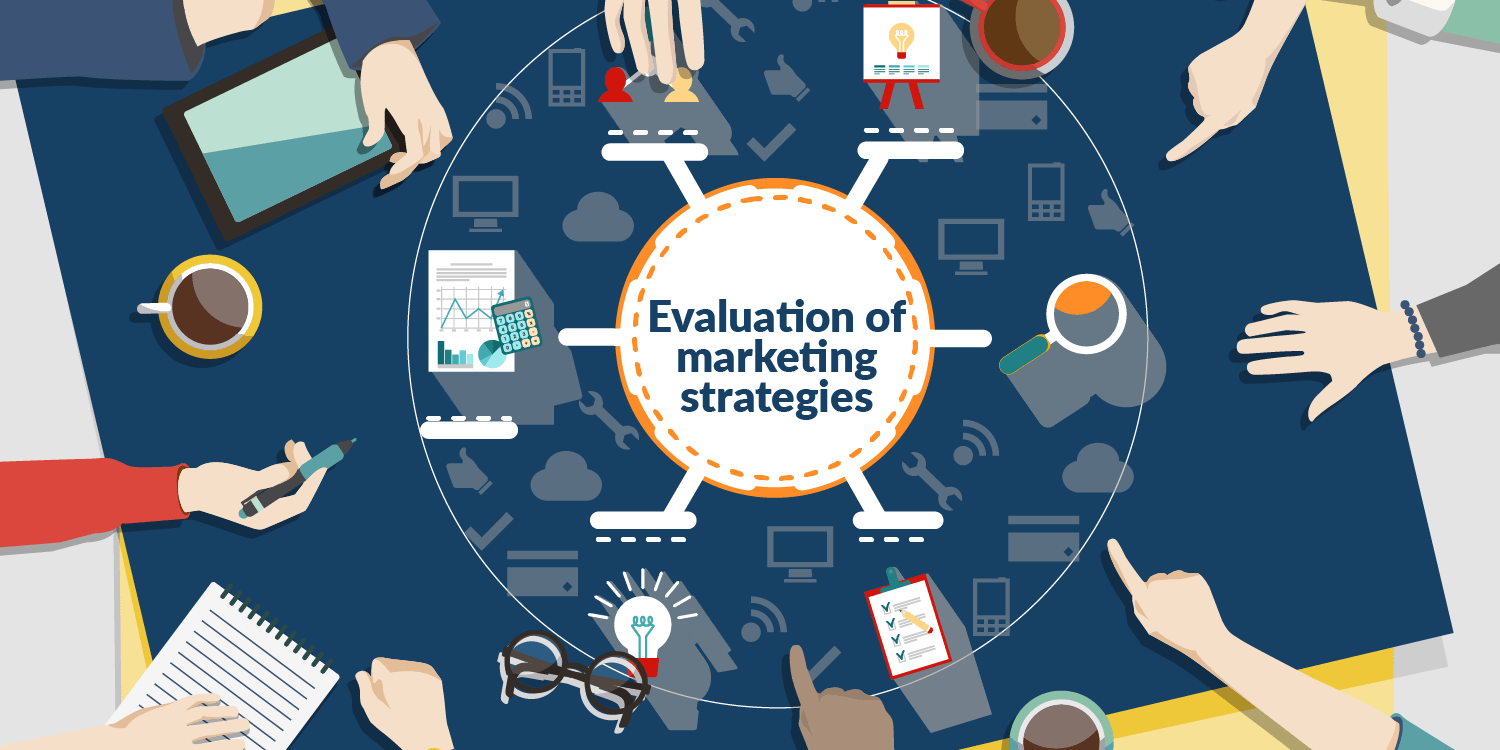
Usually companies spend hundreds of thousands of dollars on online marketing strategies. This includes online advertisement on different websites, video advertisements, click-bait links scattered throughout the web, etc. At the end of the day, if the potency of these techniques isn’t checked and evaluated to understand if the strategy is profitable or not, then the company would lose money and end up getting bankrupt. This is why analytics is used to check the number of ad clicks by users, and the amount of time they are spending on the website, promotion effectiveness, and channel data. All this information is analysed to check whether the ad campaign is profitable or not and then the necessary adjustments are made if required.
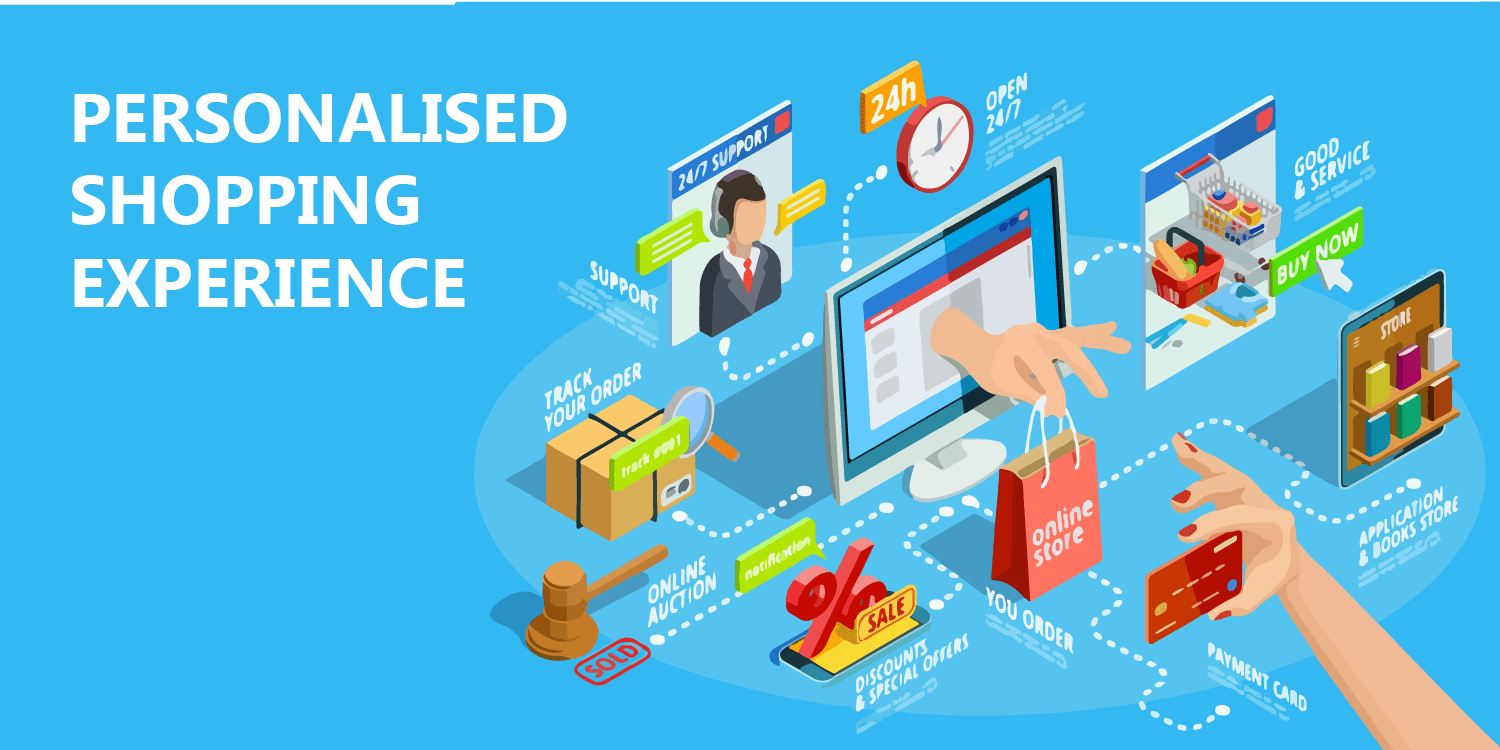
Tailoring a website to perfectly suit the preferences and needs of a customer is also done through analytics. Many users don’t really care about the home page and jump to their favourite section, ignoring the offers shown on the home page, while others browse the website just to check the deals available on that day. This is why analytics is used to personalise the user experience so that a customer lands on his/her favourite page whenever the website is opened. This increases his/her probability of making a purchase dramatically.

Each ecommerce website needs to understand the demographic which forms their customer base. There may be some percentage of stray customers who come from separate streams, but the core user base remains constant throughout the years. For example, a website that sells computer components is constantly browsed by the tech-enthusiasts and that is their main demographic, sometimes people who just want to buy a computer part does visit that website, but that falls under the stray category. Analytics are used to understand that demographic and in designing a marketing strategy which ensures that there are special promotional prices and other offers which draw in new members as well as help in maintaining the present user base.
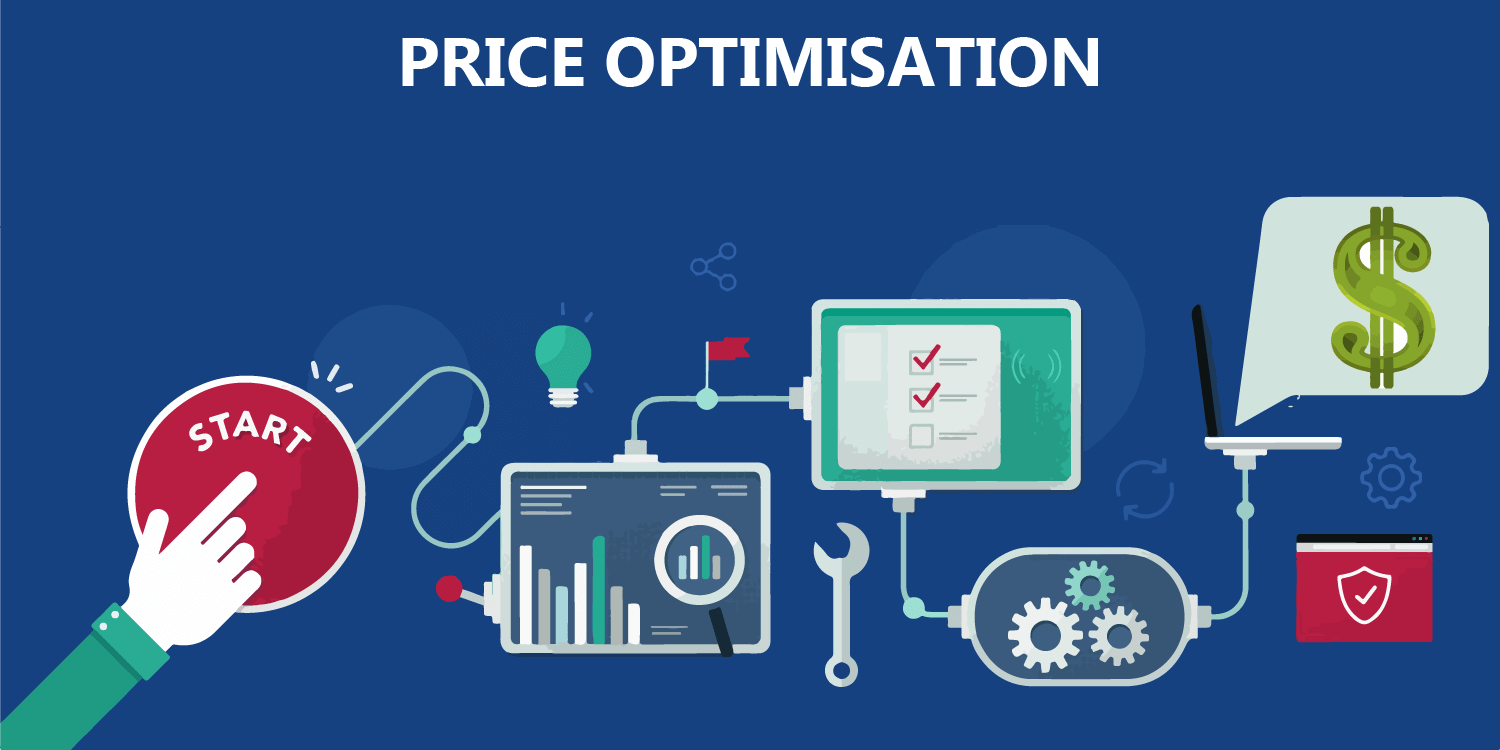
Pricing of a product in the ecommerce ecosystem is dependent on a number of things, of which the primary three are:
Predictive analysis is used to determine the optimum price at which a product should be sold in order to generate the maximum amount of sales while maintaining a good margin of profit.
Conclusion
Ecommerce analytics has been at the forefront of modern web utilities for a long time now. Industry giants like Amazon, Craigslist, Ebay, Flipkart, etc have been using it for years and it has helped this industry in showing excellent overall yearly growth. With the advent of faster processing technology and the raw brute force to make millions of calculations in real-time, it is very clear that this industry is going to reach new heights in the near future.
Post Quick Links
Jump straight to the section of the post you want to read:


About the author
Rachael Chapman
A Complete Gamer and a Tech Geek. Brings out all her thoughts and Love in Writing Techie Blogs.
Related Articles
How to Hide My Public IP Address? And Why ?
Hiding an IP is not uncommon among internet users and is something that is being done by a vast majority. it is worth considering as to what IP really is.
How Social Media Marketing Generated $7 Million in Affiliate Sales for This Entrepreneur?
When the game changes, players have to adapt in order to win. This is exactly what Jason Stone did thereby enabling him to amass $7 Million in affiliate sales through social media marketing.